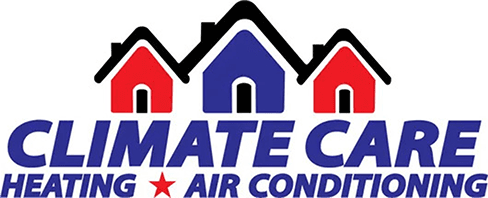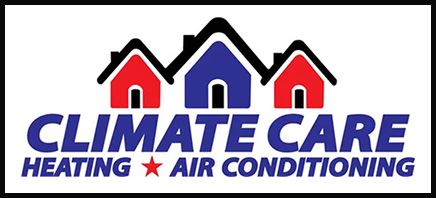How Does an Attic Fan Work? Understanding the Pros and Cons of Attic Ventilation Fans
What is an Attic Fan?
How Do Attic Fans Work?
There are two types of attic fans: mechanical attic fans and natural attic fans. Mechanical attic fans are powered by electricity and typically have a thermostat or humidistat that turns the fan on and off based on the temperature or humidity levels in your attic. Natural attic fans, on the other hand, are more like your temperamental (and lazy) cousin. These types of attic fans are powered by wind and don't require any electricity to operate. The downside, of course, is that no wind means no fan activity.
In either case, attic fans are typically installed on the roof and work by using the wind to pull hot air out of your attic.
Pros and Cons of Attic Fans
However, there are also some potential drawbacks to consider. Attic fans only work when the temperature outside is cooler than the temperature inside your attic, which means they may not be effective during extremely hot weather. Additionally, attic fans can create negative pressure in your attic, which can draw conditioned air from your home into your attic and potentially reduce the effectiveness of your air conditioning unit.
This is why we do not recommend using an attic fan as your primary or singular source of cooling during the hot, humid months of summer. They are designed to be used as a supplemental addition to your HVAC unit, not a replacement.
Attic Fans Vs. Whole House Fans: What’s the Difference?

Attic fans and whole house fans are often compared, as they both serve the purpose of reducing indoor temperatures and improving air quality. However, they work in different ways and have distinct advantages and disadvantages.
Installing an Attic Fan
If you're interested in installing an attic fan, there are a few things to consider. First, it's important to determine the size of fan you need based on the size of your attic and the climate in your area. Attic fans are typically rated by the amount of cubic feet of air they can move per minute (CFM), so make sure you choose a fan that is appropriate for your needs.
Next, you'll need to decide on the type of fan you want to install. Mechanical attic fans are typically more expensive, however they offer more control over the fan's operation. In contrast, natural attic fans that may save you more money upfront are generally not as effective in all climates. Finally, you'll need to decide on the location of your fan and how it will be powered.
Attic Fans Recap:
In summary, attic fans can be a great way to improve the energy efficiency of your home and increase your comfort during the summer months. By drawing in cooler outdoor air and pushing hot air out of your attic, these little fans can reduce the workload on your air conditioning system and potentially lower your energy bills in the process! However, it's important to consider the potential drawbacks of attic fans as well, such as their limited effectiveness during extremely hot weather and the potential for negative pressure to draw conditioned air from your home into your attic.
If you’re on the fence about deciding between an attic fan and a whole house fan, it's important to consider the specific needs of your home and the local climate. While attic fans are generally less expensive and easier to install, whole house fans may be more effective at cooling the entire home by bringing fresh air into the living space. Ultimately, the best choice will depend on the individual needs and circumstances of your home. If you're considering installing an attic fan, be sure to carefully consider the size, type, and location of the fan, as well as how you intend to power it.
Ready to pull the trigger on your own attic fan or upgrade to a QuietCool Whole House Fan? Connect with one of our HVAC techs today, and we’d be happy to get an appointment scheduled for you ASAP!


